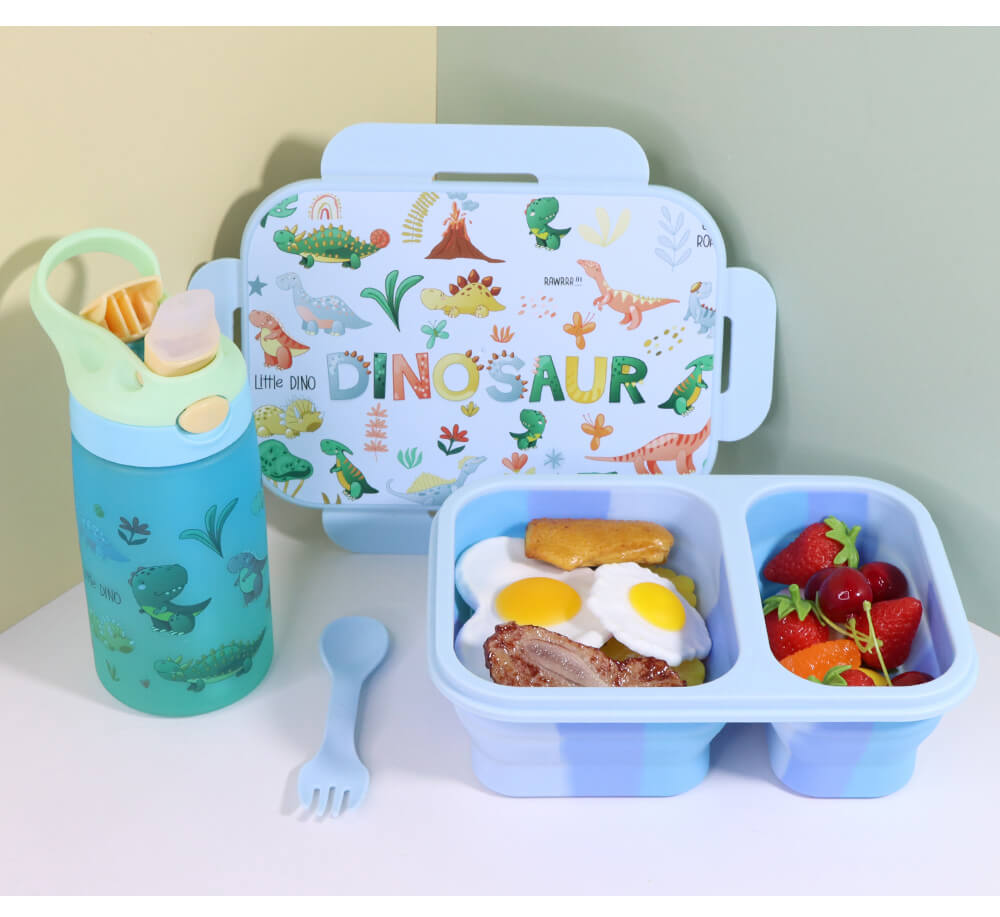Inhalt
In recent years, the silicone foldable bowl has become a widely adopted item across the pet care and outdoor gear sectors. Its lightweight, collapsible structure, coupled with high durability, makes it a practical tool for a range of end users. While our factory doesn’t sell directly to consumers, we work with businesses that cater to retail, promotional goods, and custom product lines. In this article, I’ll walk through the structural design, usage scenarios, and customization options behind the silicone foldable bowl from a manufacturing and development perspective.
Material Benefits: Why Silicone is the Right Choice
The material at the core of the foldable bowl is food-grade silicone—a choice that is not only safe and non-toxic but also flexible and heat-resistant. These properties allow the bowl to maintain its form after multiple collapses and expansions. Unlike rigid plastic or metal alternatives, silicone doesn’t crack or dent, which is a major advantage for mobile or outdoor use.
This applies equally whether you’re sourcing a silicone pet bowl, a silicone cat bowl, or a silicone slow feeder dog bowl. All of these items benefit from silicone’s stable elasticity and ease of cleaning. For many of our partners, this consistency in quality is crucial when developing a private label line or a customized OEM product.
Design Features of the Silicone Foldable Bowl
When developing a silicone foldable bowl, the starting point is always the structure. The bowl typically folds down into a disc shape, making it easy to store or clip onto a backpack. Thickness control is key—we design the walls to be strong enough to hold their shape when in use, but thin enough to allow for easy folding.
Clients often request features like:
- Integrated carabiner clips
- Dual-compartment designs
- Measurement markings inside the bowl
- Color matching to brand palettes
We also produce silicone collapsible bowls and collapsible silicone pet bowls that follow similar engineering logic, tailored to the dimensions and usage needs defined by the customer.
Pet Travel and Feeding Use Cases
![]()
![]()
A significant market for the silicone foldable bowl lies in pet care, especially for travel and outdoor contexts. For example, a silicone collapsible pet bowl is an ideal solution for dog owners on the go. It provides a clean, portable way to serve food or water to pets during walks, hikes, or road trips.
In some custom projects, we’ve collaborated with pet brands to create silicone slow feeder dog bowls, integrating elevated ridges within the bowl to slow down rapid eating—a behavioral concern for many pet owners. The flexibility of silicone allows these structures to be molded seamlessly, without compromising portability.
We’ve also received interest in silicone cat bowls with shallow, wide designs that reduce whisker stress, especially relevant in premium pet markets. These customizations highlight the role of thoughtful R&D in even seemingly simple products.
Bulk Orders and Custom Packaging Considerations
![]()
![]()
When businesses approach us for bulk manufacturing, packaging becomes a core element of the project. Foldable silicone bowls are often sold in pairs or as part of kits, so we frequently co-develop retail packaging formats such as:
- Kraft paper sleeves with product windows
- Zippered mesh travel bags
- Custom-molded plastic trays for shelf display
- Minimalist eco-packaging with FSC certification
Because these products are often sold online, packaging must also photograph well. We work closely with clients’ design teams to ensure that both the product and its presentation align with brand values and retail requirements.
From Concept to Mold: The Custom Development Process
For businesses seeking differentiation, we offer deep customization. Most of our work involves developing exclusive mold designs based on a client’s brief. This might include unique bowl geometries, integrated branding, or combining the bowl with additional silicone accessories.
During the prototyping stage, we consider technical aspects such as:
- Draft angles for easy demolding
- Thickness distribution to prevent collapse under weight
- Texture and surface finish for tactile comfort
- Compatibility with injection molding or compression molding
These factors aren’t visible in the final product, but they greatly affect production efficiency and long-term performance—something bulk buyers appreciate when scaling up orders.
Why Silicone Foldable Bowls Continue to Grow in Popularity
From a product development standpoint, the silicone foldable bowl is a rare combination of simplicity and adaptability. It works across markets: from pet accessories to outdoor gear, promotional merchandise, and even emergency preparedness kits.
Its collapsible nature makes it ideal for modern, space-conscious living. As urban consumers seek portability and minimalism, products like silicone collapsible pet bowls become logical choices.
In addition, growing awareness around safe, reusable materials has pushed demand for food-grade silicone across global markets. That’s why we continue to see long-term interest in this category, especially among importers looking to expand their pet and travel product lines.
Conclusion: A Practical Product with Endless Possibilities
The silicone foldable bowl may seem straightforward, but behind its simple function lies a flexible, highly customizable product architecture. Whether it’s re-engineering a silicone slow-feeder dog bowl for a premium pet brand or developing a lightweight silicone collapsible bowl for campers, the design potential is wide open.
Als manufacturer, we view these products as modular building blocks—ready to be shaped by your brand’s needs, market goals, and user insights.


